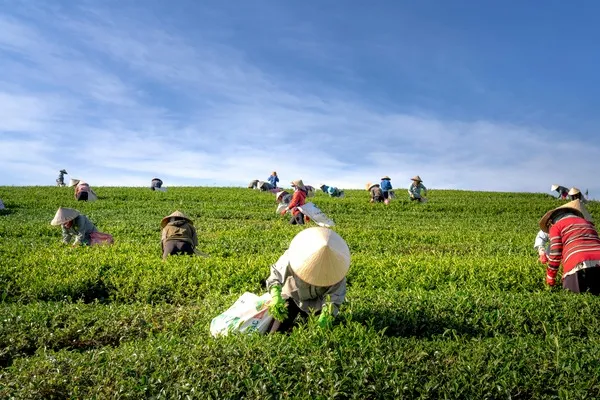
Regenerative agriculture and coastal conservation are two transformative practices with the potential to heal our planet. By restoring soil health and protecting marine ecosystems, these efforts address some of the most pressing environmental challenges of our time, such as climate change, biodiversity loss, and resource depletion. This article explores their principles, benefits, challenges, and interconnected impact.
The Foundations of Regenerative Agriculture
Regenerative agriculture focuses on restoring ecosystems by enhancing soil health, biodiversity, and resilience, offering a sustainable approach to farming.
Key Principles
- Building soil health: Techniques like cover cropping, composting, and crop rotation improve soil fertility.
- Boosting biodiversity: Incorporating diverse plant species and encouraging pollinators supports ecosystem balance.
- Minimizing tillage: Reduced soil disturbance preserves its structure and prevents erosion.
Environmental Benefits
- Carbon sequestration: Healthy soils absorb significant amounts of atmospheric carbon, mitigating climate change.
- Water retention: Improved soil structure allows better water absorption, reducing runoff.
- Reversing desertification: Regenerative practices restore degraded lands.
Economic and Social Benefits
- Higher long-term yields: Over time, farms become more productive and less reliant on chemical inputs.
- Cost savings: Farmers spend less on synthetic fertilizers and pesticides.
- Empowering communities: Promotes food security and economic stability for rural populations.
Coastal Conservation: Safeguarding Marine Ecosystems

Coastal conservation aims to protect fragile marine environments, which are vital for biodiversity and human survival.
Key Objectives
- Protecting habitats: Focus on mangroves, coral reefs, and seagrass beds, which act as natural buffers against erosion.
- Reducing erosion: Restoring natural barriers prevents coastline degradation.
- Biodiversity preservation: Coastal ecosystems are home to countless marine species.
Threats to Coastal Ecosystems
- Overfishing: Unsustainable fishing practices deplete marine populations.
- Pollution: Plastic waste and oil spills severely harm marine life.
- Rising sea levels: Climate change accelerates habitat loss.
Conservation Strategies
- Marine protected areas: Designating zones where fishing and human activities are regulated.
- Mangrove restoration: Planting mangroves to protect shorelines and sequester carbon.
- Community-led programs: Engaging locals in conservation efforts.
Connecting Regenerative Agriculture and Coastal Conservation
These two practices share a deep interconnection, offering mutual benefits to ecosystems.
Shared Goals
- Runoff reduction: Healthy soils prevent agricultural runoff that damages coastal waters.
- Biodiversity links: Both approaches promote ecosystem diversity and resilience.
Examples of Integrated Impact
- Reduced dead zones: Less nitrogen and phosphorus runoff from farms leads to healthier coastal ecosystems.
- Sedimentation control: Erosion prevention reduces sediment in marine environments.
Overcoming Challenges
While promising, these practices face obstacles that must be addressed for widespread adoption.
Barriers in Regenerative Agriculture
- Cost limitations: Initial investments may deter small-scale farmers.
- Lack of awareness: Farmers often need training and resources.
- Policy gaps: Limited government support slows progress.
Obstacles in Coastal Conservation
- Conflicting priorities: Tourism and development often clash with conservation efforts.
- Enforcement issues: Monitoring marine protected areas can be challenging.
- Climate pressures: Rising temperatures and sea levels outpace conservation efforts.
Solutions and the Path Forward
Collaboration and innovation hold the key to scaling these practices.
Policy Support
- Subsidies for sustainable farming and coastal projects.
- Regulations to curb pollution and promote green practices.
Technological Advances
- Precision agriculture tools to monitor soil health.
- Remote sensing for coastal ecosystem mapping and tracking.
Community and Global Efforts
- Educating farmers and coastal residents about sustainable methods.
- Cross-border partnerships to address global environmental issues.
Conclusion
The integration of regenerative agriculture and coastal conservation is essential for creating a sustainable and resilient planet. By addressing environmental challenges at their roots—both in soil and sea—we can safeguard ecosystems, promote biodiversity, and secure a thriving future for generations to come.
